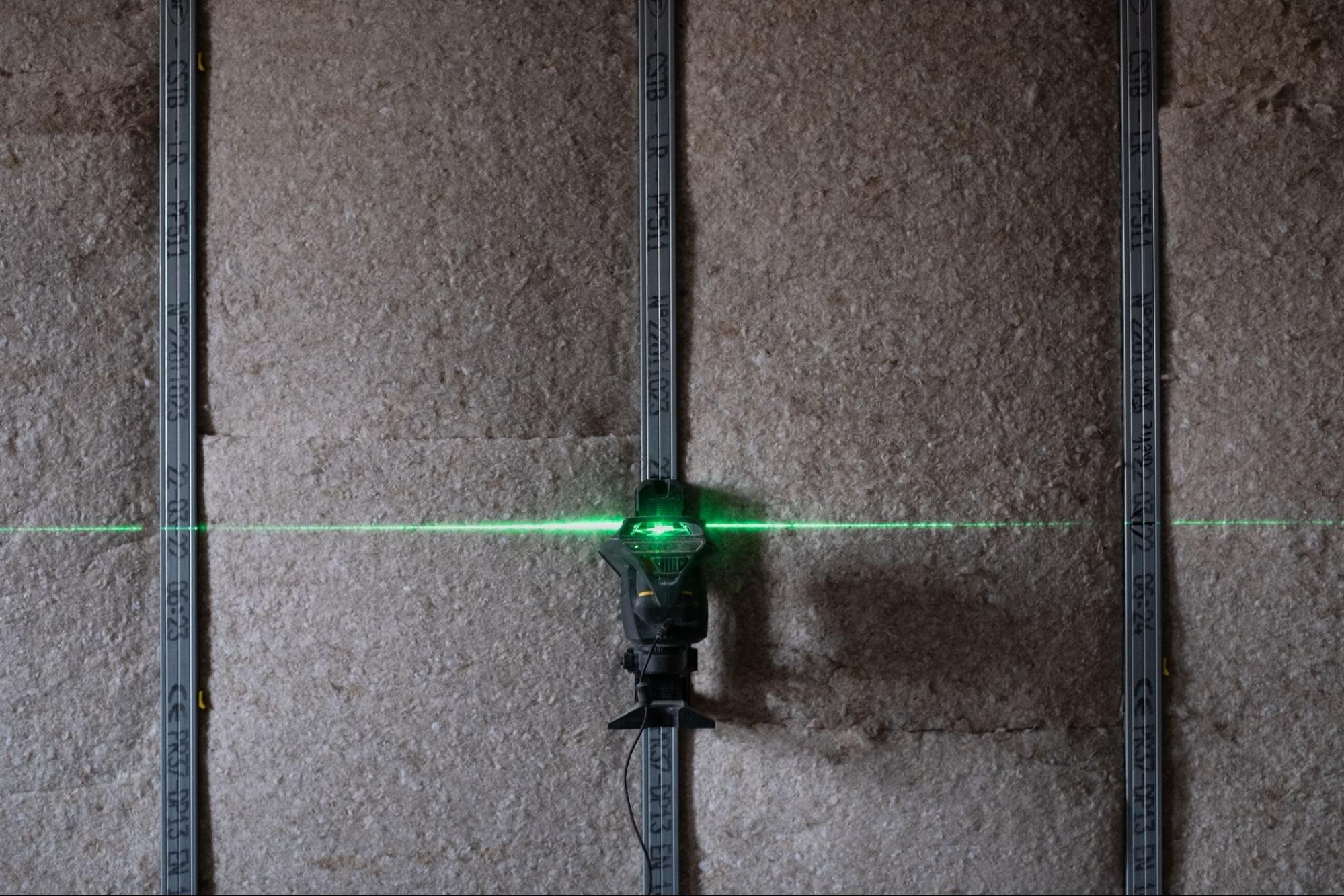Exploring alternatives to traditional building materials is a critical part of the construction process. Should you continue to use what you know has worked in the past, or is there something better out there? If you’re considering mineral wool insulation for your next project, it’s time to evaluate the pros and cons and know your options.
What is Mineral Wool Insulation?
Mineral wool insulation is a building material used in construction to thermally insulate the building envelope as an alternative to fiberglass insulation. Builders realize the benefits of mineral wool insulation over fiberglass in several areas, including:
Higher R-Value
Better Acoustic Blocking
Superior Fire-Resistance
Like fiberglass, mineral wool typically comes in batts, but carries a little more stiffness and dimensional stability than fluffy fiberglass batts or rolls.
What is Mineral Wool Made From?
The minerals in mineral wool can come from volcanic rock as a raw material source. Another common raw material used to make mineral wool is called slag, a byproduct of molten metal production. Slag is a mixture of impurities and flux that escape the molten mixture during the melting process.
The raw materials in mineral wool are spun into fibers, glued, pressed, and formed together—to create cotton candy-like wool batts that can be installed in areas of the building envelope, like the cavities between studs in a stud wall.
Advantages and Disadvantages of Mineral Wool Insulation
When selecting the right type of insulation for your project, it’s important to weigh the pros and cons of each material. Let’s cover the advantages and disadvantages of mineral wool insulation.
Installation
Mineral wool is stiffer than fiberglass, which makes it easier to cut with precision and install to fit a space perfectly. On the other hand, since the material is much more dense than fiberglass, it is also much heavier. This can make the installation process a little more challenging due to the added weight of the material.
Thermal R Value
In terms of insulating value, mineral wool carries an R-value of just above R4 per inch, meaning that it requires 3.5” to achieve R15. It is an improvement over fiberglass, which carries an R-value of under R3 per inch, for an R13 at the same thickness of 3.5”.
When space matters, mineral wool carries a slight edge on thermal performance over fiberglass with the added benefit of enhanced sound blocking. However, there are other insulation options on the market today that provide significantly higher thermal insulating values than mineral wool.
Price and Availability
Mineral wool is more expensive than fiberglass and it can be more difficult to procure with fewer options available at local contractor supply warehouses. However, mineral wool can be tailored during the manufacturing process to meet specific needs and is available in various options, including:
Soundproofing
Fire-resistant
Fire and Sound
Increased Thermal Performance
Other types of insulation can introduce additional properties, but it’s generally the facer that is changed rather than the insulating material itself. Mineral wool is unfaced.
An Alternative to Overcome the Disadvantages of Mineral Wool Insulation: Polyiso
The disadvantages of mineral wool include price, availability, lackluster thermal performance, and limited installation applications. If you’re looking for an alternative to mineral wool, polyiso is a valid consideration. Unlike mineral wool, polyiso is a rigid foam insulation—so it is both lightweight, and easy to work with.
Polyiso comes in boards that can be cut to fit by hand. The modular sizing makes installation fast and easy, to decrease your cost of labor. Polyiso is also widely available from manufacturers in various thicknesses ranging from ½” up to 6” and it can be doubled up in multiple layers to meet thermal R-values with ease.
Polyiso outperforms mineral wool in thermal performance with a steady R6 per inch for polyiso. That means it only requires 2.5” of polyiso insulation like Rmax Durasheath® to meet R15, while it takes 3.5” of mineral wool.
When it comes to installing wall insulation, why limit yourself to the wall cavity or to using expensive furring to hold mineral wool in place? With polyiso, you can achieve continuous insulation on the outside of the stud cavity simply by fastening the insulation directly to your walls underneath your cladding.
You can also turn your continuous insulation into an air and vapor barrier with inventive polyiso products like the ECOMAXci® FR Air Barrier, which has glass fiber reinforced aluminum facers to limit moisture and vapor permeance, as well as air flow.
Rmax Can Help You Decide Which Insulation Solution is Best For Your Project
While there are some clear benefits of mineral wool insulation, there are an equal number of drawbacks. Get help choosing the right products for your next build by reaching out to the experts in insulation. We can help you pick a solution that meets your design criteria and fits within your budget.




